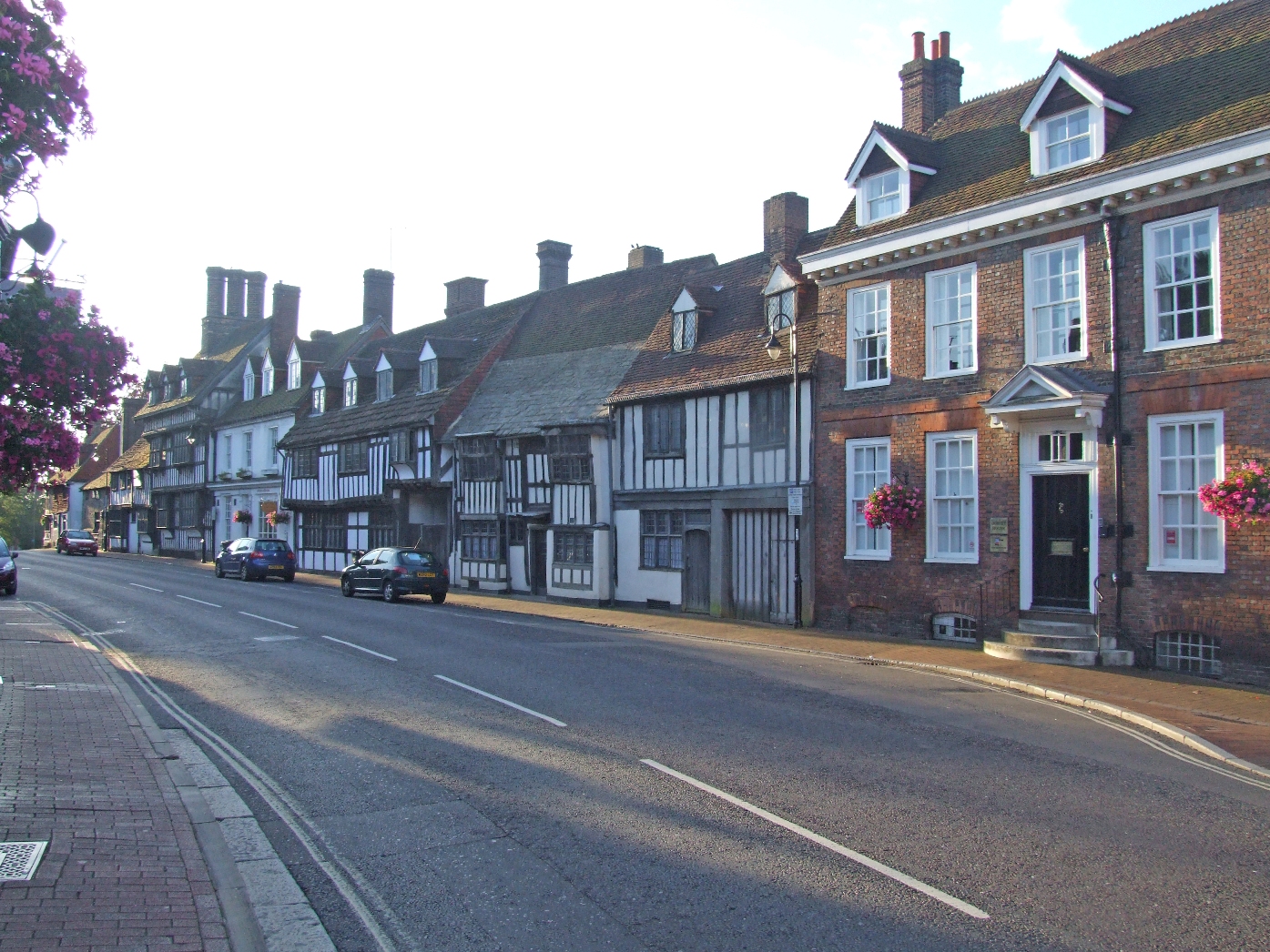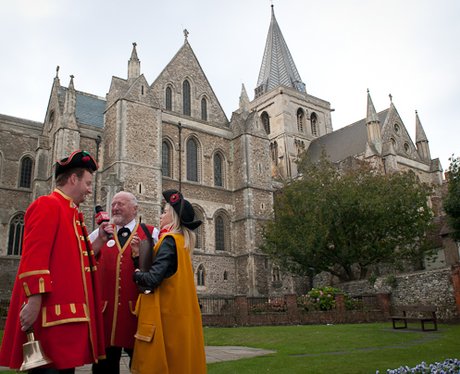

#Medieval town criers free#
If they could remain there for a year and a day they were considered free and could not be compelled to return to the manor.īefore Edward I all repairs to streets were the responsibility of adjacent householders. If this "master-piece" was accepted he could become a master craftsman and own his own shop.Īll townsmen were free, and this provided some incentive for serfs to run away to the towns. After several years as a journeyman, the craftsman would submit a piece of his best work to the guild for approval. The term has nothing to do with traveling it comes from the French "journee", (day), and meant that the journeyman was paid by the day for his work. The period of apprenticeship lasted for 2-7 years, after which time the apprentice became a journeyman. There he received food, lodging (often sleeping under the counter in the shop itself), clothes, and instruction in the craft. Parents paid a fee to place a boy with a master craftsman as an apprentice. There were three levels of craftsmen masters, journeymen, and apprentices.

Separate from the merchant guilds were the craft guilds, which regulated the quality, working hours and conditions of its members. Each guild had a patron saint, celebrated religious festivals together, put on religious plays, and looked after the health and welfare of the members and their families. The power of the guilds was absolute in their domain, and to be expelled from a guild made it impossible to earn a living. Merchant guilds regulated prices, quality, weights and measures, and business practices. Eventually the growth of towns and guilds led to the breakdown of the manor-centred feudal society. Town charters became a major source of royal revenue. The king, for his part, encouraged the growth of towns and trade. Merchants needed stability for trade, so they supported the king and the establishment of a strong central government against the rule of individual nobles. Merchant guilds controlled town government, though they often clashed with craft guilds for power. Towns were built on trade, and the elite of towns were the merchants. Trade routes grew, though roads remained poor and dangerous, so most goods were transported by water. Town populations swelled during this period, particularly after the Black Death. The growth of trade and the merchant middle class went hand in hand with the growth in towns. You can stay up-to-date on the top news near you with Dorset Live's FREE newsletters – enter your email address at the top of the page or sign up to our newsletters here.A new class emerged during the Middle Ages the merchant. "Our last Town Crier was Keith Jackman, who for many years held this prestigious post representing the people and town of Christchurch. "This would be a voluntary post and would not incur any cost to the Council or its residents. When Christchurch Town Council announced the reopening of the role, Mayor of Christchurch Councillor Sue Bungey said: “It has long been a hope of mine that during my Mayoral year I could reinstate the position of Town Crier to our ancient town. However, Christchurch has been without a town crier for many years following the death of the last town crier, Keith Jackman, in 2012. Today many towns still have a town crier, but their role is more ceremonial and acts as a visitor attraction. To harm a town crier was also an act of treason. However, according to Historic UK it was also their job to patrol the streets after dark, act as peace keepers and arrest people and take them to the stocks. Town criers have been around since medieval times and their original purpose was to make public announcements in the streets. Bognor Regis town crier Jane Smith (Image: Lorna Rees)


 0 kommentar(er)
0 kommentar(er)
